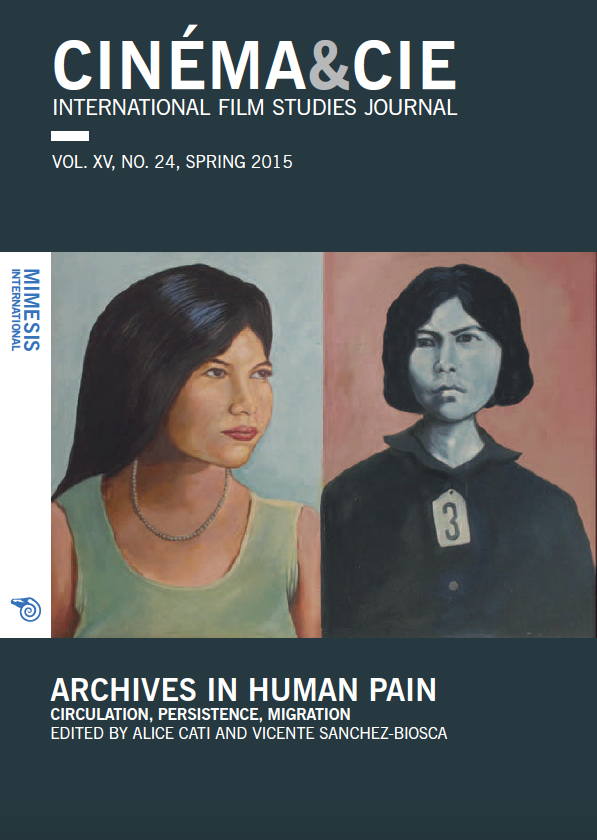Perpetrator Images, Perpetrator Artifacts: The Nomad Archives of Tuol Sleng (S-21)
Abstract
This essay examines the production and circulation of the mug shots of the detainees generated by the Khmer Rouge machinery at the centre of torture S-21 (Phnom Penh). When they were taken, these images played a key role in the process of identifying, repressing and killing those considered enemies during the regime of Democratic Kampuchea (1975-1979). Yet, since the collapse of the Khmer Rouge, these photographs have been used to denounce their creators as if the pictures had kept no trace of their original intention and were reversible. With this purpose they have migrated from museums and art galleries to the stage, from illustrated books to the cinema and from the Internet to the criminal court devoted to judge the former KR leaders. I argue that the stories of the phenomena must be told in close relationship: firstly, the deciphering of the archive of mug shots, that is, the discovery of the negatives, the extraction of new prints, and their availability; secondly, the circulation through different public spaces and media; thirdly, the changes in the geopolitical context in such a controversial region for the international equilibrium. Although these three levels do not evolve into a mechanical dependence, they are intricately interrelated and prove the advantages of articulating technological, semiotic, and political uses of an archive that concentrates within it humain pain experienced at the very core of the 20th century.






